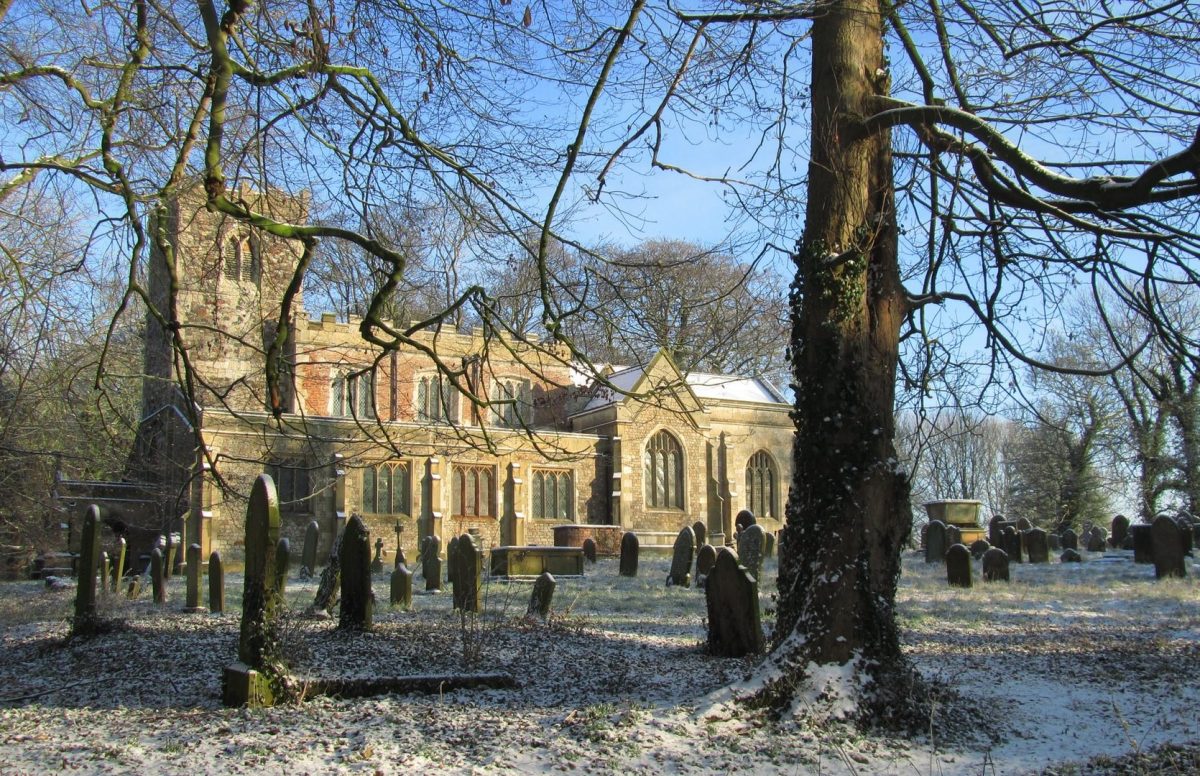Matt Sigler ~ Reclaiming a Vision of the Communion of Saints in Worship

Confession: I’ve always had a bit of a morbid vein in my personality. Not like, Sylvia Plath morbid—I’ve just always been very aware of the passing of time and the fragility of life. As a Christian my hope is anchored in the sure and certain return of Christ, the final resurrection, and a God who is making all things new. While these truths have sustained me in my moments of deepest despair, I often wonder if my evangelical upbringing would have benefited from a more robust appreciation for the Communion of Saints as I wrestled in thinking about time, separation from those departed, and the hope that is ours in Christ. For certain, concerns about if we “pray to” or “with” the saints are worth consideration (I’m not going to try to tackle them in this post). What I do want to suggest is that we would do well to consider a richer understanding of the relationship between the Church triumphant (in heaven) and the Church militant (on earth) in our worship.
From very early on Christians buried their dead near their places of worship. Where others placed their dead outside of cities and avoided such sites, Christians often celebrated the anniversaries of the death of their martyrs with the Lord’s Supper. Oftentimes this celebration was held at the place where the martyr was buried. Soon, many churches included the bones of the martyrs within the church building. Since death was not the final word about our bodily existence, it didn’t need to be something fearful. Moreover, Christians understood that to be absent from the body was to be present with the Lord and there was no place where the Lord was more present than in the community gathered for worship. The understanding was that in Christ all—including the Church triumphant—are one. This is the belief conveyed in the lyrics of the hymn “For All the Saints”:
O blest communion,
Fellowship divine! We feebly struggle,
They in glory shine;
All are one in Thee,
For all are Thine. Alleluia, Alleluia!
Before we’re tempted to think this understanding of the Church triumphant and Church militant present in worship is something foreign to the Wesleyan tradition, consider this hymn written by Charles:
Come let us join our friends above
That have obtained the prize,
And on the eagle-wings of love
To joy celestial rise;
Let all the saints terrestrial sing
With those to glory gone,
For all the servants of our King
In earth and heaven are one.
Charles Wesley makes clear that when the Church gathers for worship we on earth join our song “with those to glory gone” in praise to the Lamb on his throne.
Admittedly, this all seemed rather speculative and esoteric to me until I experienced the loss of beloved family members. While I grew up believing that angels somehow joined with us when we gathered for worship, I never considered that the “cloud of witnesses” might also be singing too. In fact, it’s actually the other way around: the Church on earth is invited to join in the eternal worship when we gather together. This has become for me one of the most marvelous visions of what it means to worship together.
Embracing the full presence of the Church, triumphant and militant, in worship is much more than a coping mechanism. Neither is it some sci-fi fantasy (like Anakin Skywalker’s ghost at the end of Return of the Jedi) played out in our imagination. It actually is a concept that enriches our worship. If, indeed, Christian worship is the place where the Church triumphant and the Church militant meet; where we get a taste of the glorious hope that is ours in Christ; where we join in the song of heaven with all the saints, the martyrs, and the hosts of heaven, how should that perspective shape the way we worship when we gather together?
Featured image courtesy Robert Thomas on Unsplash.